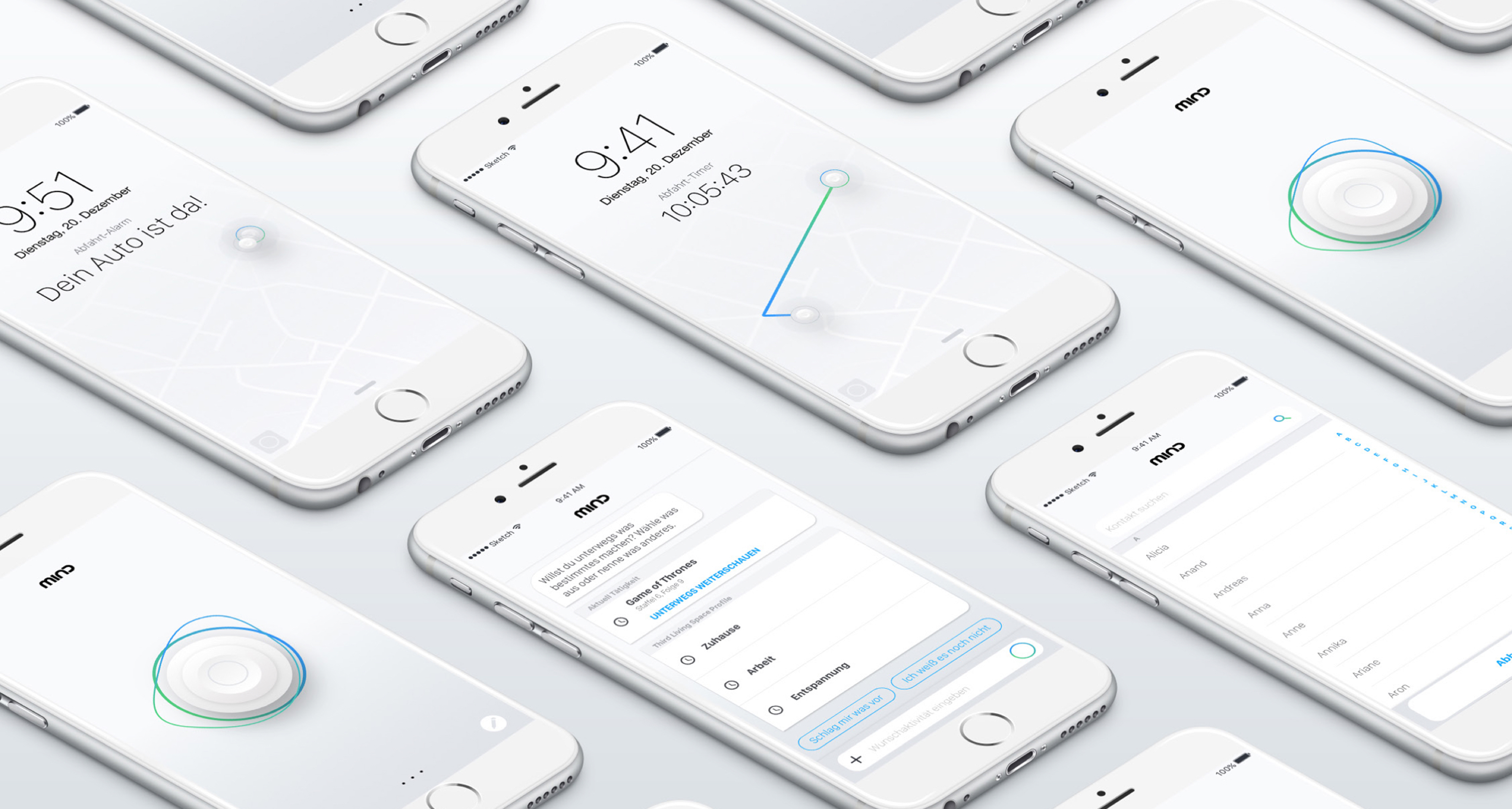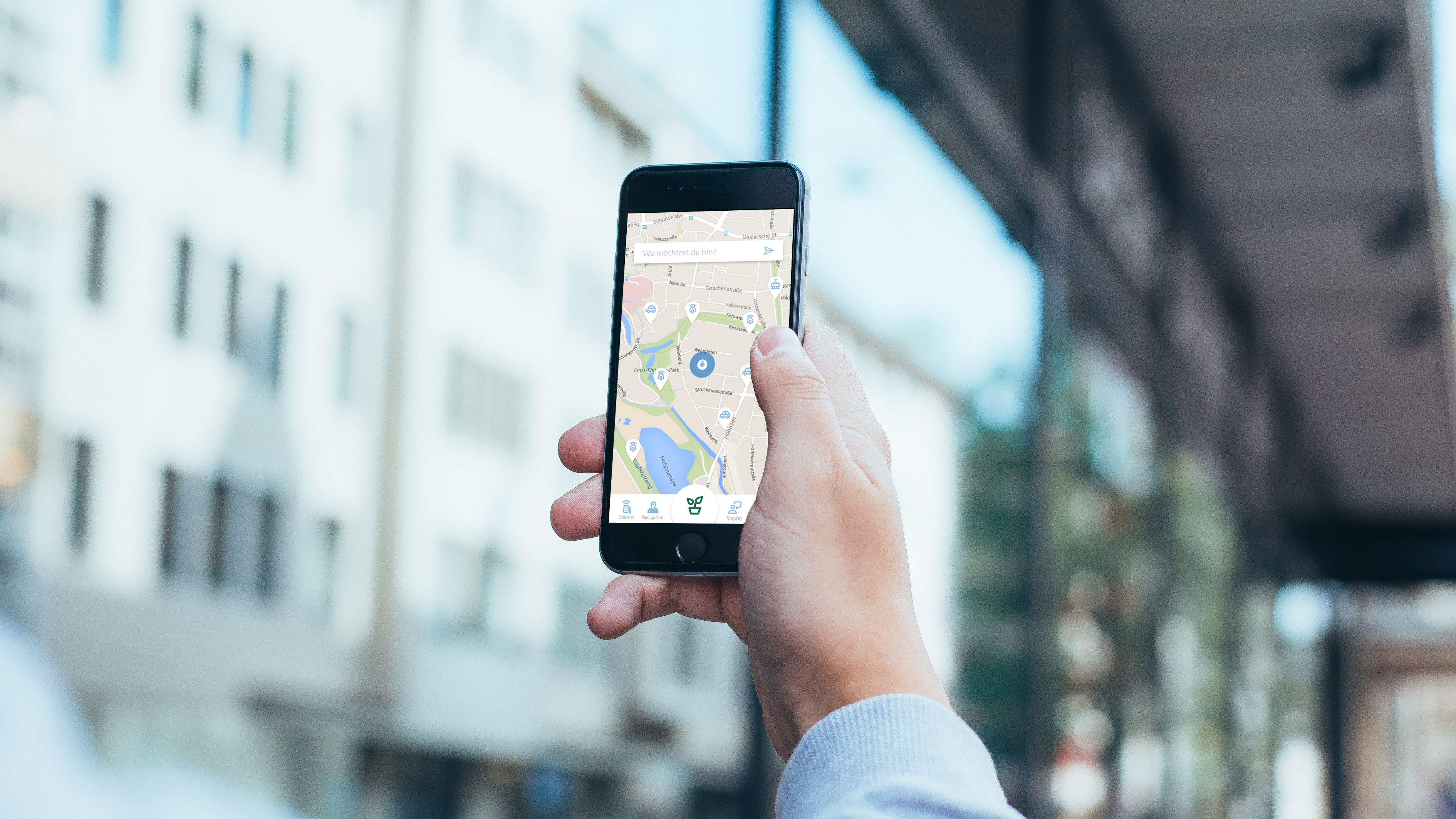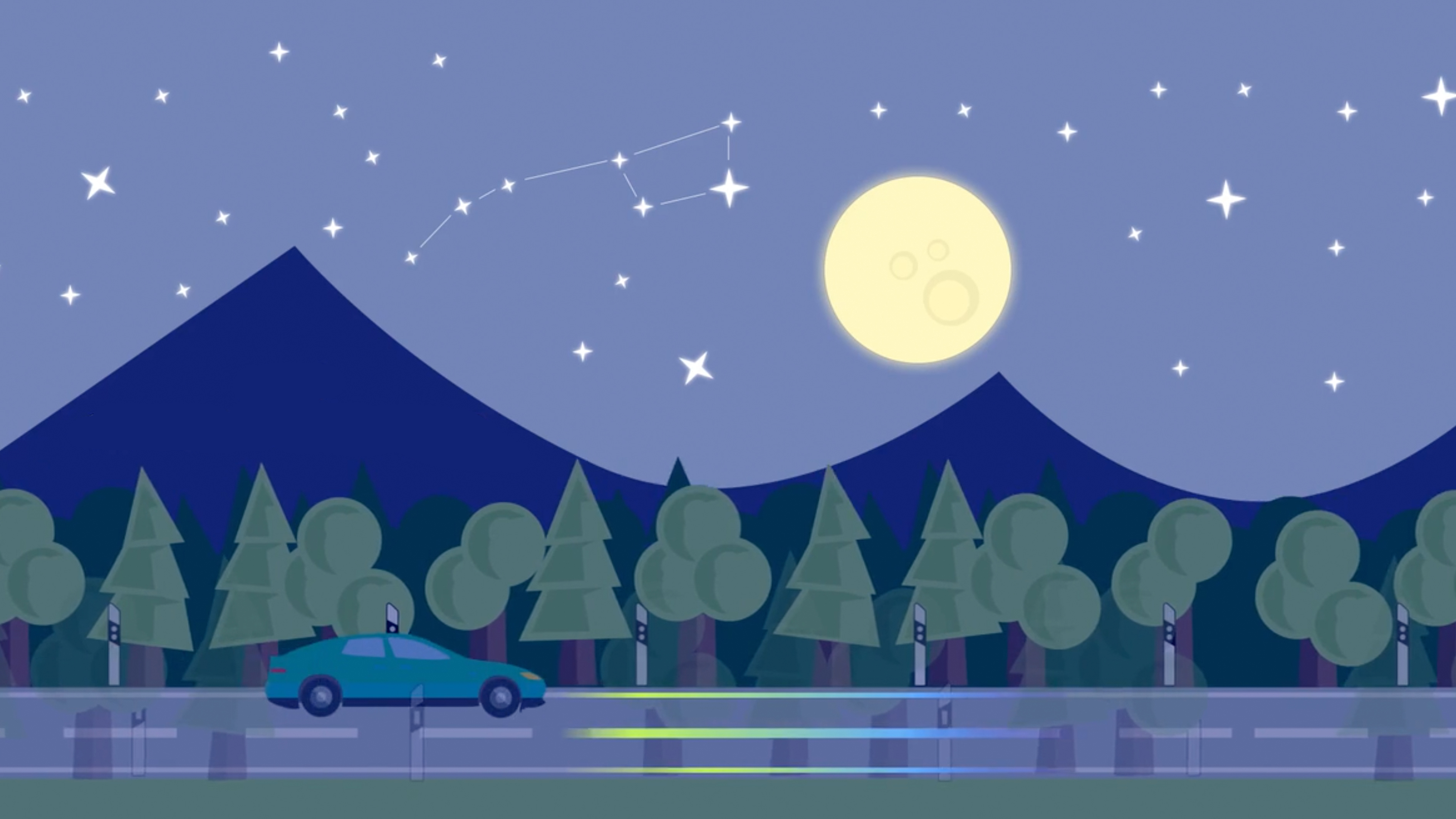
Ooooh lala,
this is a design portfolio
Ooooh lala, this is a design portfolio
KATHARINA FELSKI
KATHARINA FELSKI
MASTER OF ARTS, DIGITAL MEDIA / INTERACTION DESIGN
MASTER OF ARTS, DIGITAL MEDIA / INTERACTION DESIGN
CURRENTLY LEAD USER EXPERIENCE DESIGNER AT VOLKSWAGEN AG, COMMERCIAL VEHICLES
CURRENTLY LEAD USER EXPERIENCE DESIGNER AT VOLKSWAGEN AG, COMMERCIAL VEHICLES
SELECTED WORKS
SELECTED WORKS
For me this very complex world has to be simplified - has to be stripped down.
Design was a way out of confusion. Because great design simplifies this very complicated world.
For me this very complex world has to be simplified - has to be stripped down.
Design was a way out of confusion. Because great design simplifies this very complicated world.
PLATON

I am a designer and mobility nerd by passion and curiosity
I am a designer and mobility nerd by passion and curiosity
Early on in my studies I developed an affinity for creating usage scenarios with the help of digital media. The interaction with a user interface was much more fascinating to me than the aesthetics of rigid graphics. During my studies I gained valuable methodological competence which has shaped my current scientific approach and design process in combination with my professional experience.
My design process follows a structured, iterative sequence of divergent and convergent phases under the philosophy of Human Centered Design. Methodically I use a combination of Design Thinking and Lean Development.
First of all people, their environment and ecosystem are examined in order to identify unfulfilled or disappointed needs. Using various creativity techniques, possible solution hypotheses are formulated. Visions, that are subsequently validated to filter out the most promising idea. Then the work becomes more detailed: With the involvement of various experts such as data scientists, developers, engineers or market researchers, a first, feasible section is defined, which flows into a customer journey. This visualizes holistically all phases of the interaction between a person and a service and is the foundation of the further conception, since here all use cases with a service are thought through. It is shown in which context and from which motivation a person does something and which user interfaces are necessary for this.
After the holistic view, the focus falls more and more on details of the user interface, its information architecture, usability, visualization, interaction and process flows in different cases. In order to work consistently user-centered and to avoid cost-intensive mistakes, it is important to involve a potential user again and again during the implementation according to the Build-Measure-Learn principle. Requirements of conceptual, design, technical and legal nature are gradually merged until the prototype is ready for development.
In my work, it is therefore particularly important to me to use a methodical approach to develop an outstanding and above all relevant concept, to understand the core of a problem and all related factors and to work out a suitable solution. Attractiveness and aesthetics are not enough to make a product or service manageable. The user is always the focus of my development process.
To this day, I continue to look at the era of mobility from different perspectives in order to explore both aspects and influences of digitization that are relevant to everyday life and those that are future-oriented. With the help of the hypothetical use of modern technologies I tried to find solutions for mobility-related problems. During my studies I was particularly interested in the problems that affect people and the environment in terms of security, sustainability and individualisation in view of industrial development today and in the future. In the course of my studies, I developed three prototypical mobility concepts - envi, everyway and mind - for which I was nominated by the German Design Council for the German Design Award in the category "Newcomer 2018".
Early on in my studies I developed an affinity for creating usage scenarios with the help of digital media. The interaction with a user interface was much more fascinating to me than the aesthetics of rigid graphics. During my studies I gained valuable methodological competence which has shaped my current scientific approach and design process in combination with my professional experience.
My design process follows a structured, iterative sequence of divergent and convergent phases under the philosophy of Human Centered Design. Methodically I use a combination of Design Thinking and Lean Development.
First of all people, their environment and ecosystem are examined in order to identify unfulfilled or disappointed needs. Using various creativity techniques, possible solution hypotheses are formulated. Visions, that are subsequently validated to filter out the most promising idea. Then the work becomes more detailed: With the involvement of various experts such as data scientists, developers, engineers or market researchers, a first, feasible section is defined, which flows into a customer journey. This visualizes holistically all phases of the interaction between a person and a service and is the foundation of the further conception, since here all use cases with a service are thought through. It is shown in which context and from which motivation a person does something and which user interfaces are necessary for this.
After the holistic view, the focus falls more and more on details of the user interface, its information architecture, usability, visualization, interaction and process flows in different cases. In order to work consistently user-centered and to avoid cost-intensive mistakes, it is important to involve a potential user again and again during the implementation according to the Build-Measure-Learn principle. Requirements of conceptual, design, technical and legal nature are gradually merged until the prototype is ready for development.
In my work, it is therefore particularly important to me to use a methodical approach to develop an outstanding and above all relevant concept, to understand the core of a problem and all related factors and to work out a suitable solution. Attractiveness and aesthetics are not enough to make a product or service manageable. The user is always the focus of my development process.
To this day, I continue to look at the era of mobility from different perspectives in order to explore both aspects and influences of digitization that are relevant to everyday life and those that are future-oriented. With the help of the hypothetical use of modern technologies I tried to find solutions for mobility-related problems. During my studies I was particularly interested in the problems that affect people and the environment in terms of security, sustainability and individualisation in view of industrial development today and in the future. In the course of my studies, I developed three prototypical mobility concepts - envi, everyway and mind - for which I was nominated by the German Design Council for the German Design Award in the category "Newcomer 2018".



